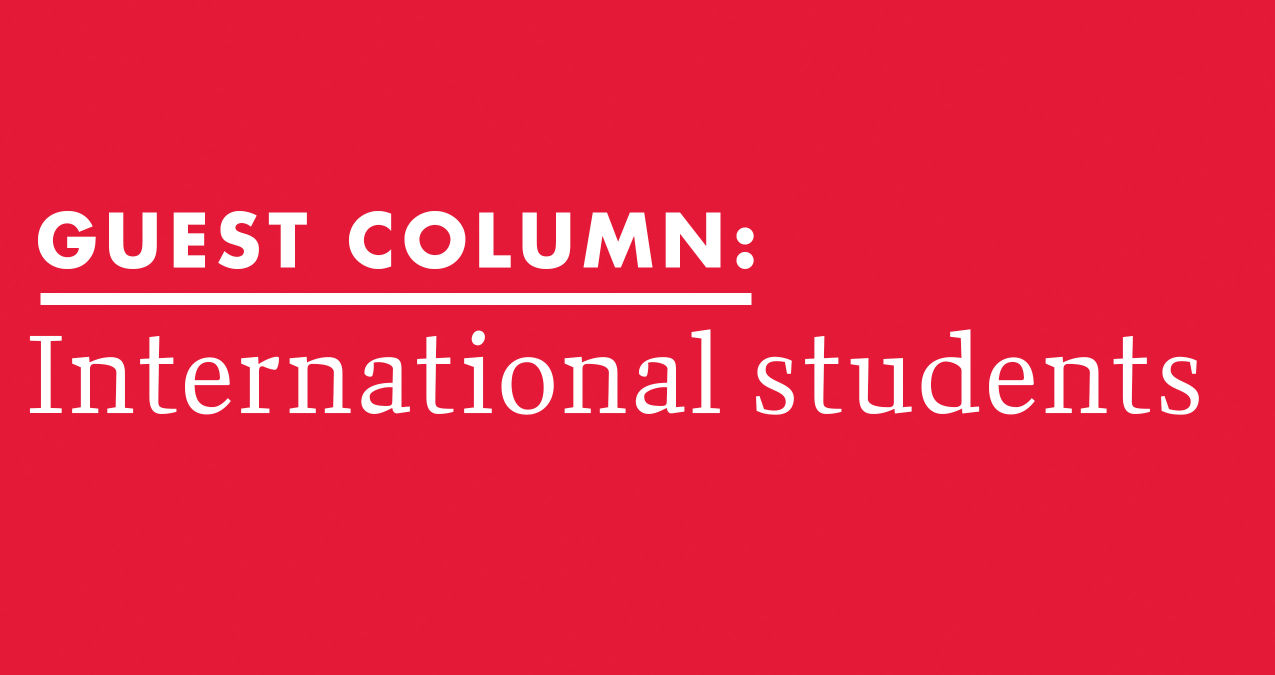
International students
Trends at this university suggest an increasingly global campus community. According to university figures, 29 percent of graduate students at this school are from outside the United States, and nearly 40 percent of professors and researchers are from another country. Moreover, between 2008 and 2014, the most recent estimate by this university’s International Students & Scholars Services indicates international-student enrollment grew by 38 percent.
The internationalizing trends at this university reflect a stated institutional goal. According to the 2008 strategic plan, this university wants to turn itself into “the public institution of choice for students, faculty and staff committed to engagement of the global community.” Various programs established on the campus in recent years such as the Office of International Initiatives in the education school and the global studies program demonstrate this effort to prioritize internationalization as an institutional goal.
Despite these internationalizing trends and stated priorities, this university, claiming budget shortfalls, has decided to get rid of the English for Speakers of Other Languages Conversation Program next academic year. The ESOL Program, profiled in The Diamondback in both 2012 and 2014, aims to help international students, faculty, staff and community members improve their oral English skills as well as facilitate intercultural communication and dialogue.
Each semester, the program matches up international students, faculty, staff and community members with native or highly proficient volunteers (many of whom are undergraduate students) to meet either in weekly group or partner conversation sessions where they discuss about a wide range of culture-related topics.
As the coordinator for the conversation program for almost two years, I witnessed firsthand its popularity and beneficial impact. Each semester we had more than 200 individuals involved. In the fall 2014 semester, we served 400 individuals, including more than 300 international participants.
In surveys and feedback, volunteers and international participants regularly spoke of the unique, meaningful experience the program provided them. Aside from having a space to practice and improve their oral English, many international participants spoke of the importance of the program in providing a way to learn about American and other cultures and making meaningful social connections with Americans. Volunteers often mentioned the ability to learn about other cultures from international participants as well as the social connections they made with them as positive aspects of the program.
If the budget reflects the true priority of a university, how could this university discard such a meaningful, popular program that embodies its stated internationalization goal? What does it say about the university when it gets rid of a program that so many international individuals on the campus rely on as a means for social integration and a space for intercultural and language learning?
As the coordinator, when I asked that our department, the Counseling Center, institute a participant fee in order to generate funds for the program, my request was flatly denied. Rather than find a way to fund the program, this university has opted to conveniently throw the program under the bus.
If this university really cares about its international community and global engagement, the ESOL Conversation Program cannot be disbanded. There are alternatives but it just takes institutional will and support to make such alternatives a reality.
Adam Lax is a graduate assistant for International Students & Scholars Services. He can be reached at adamplax@gmail.com.



